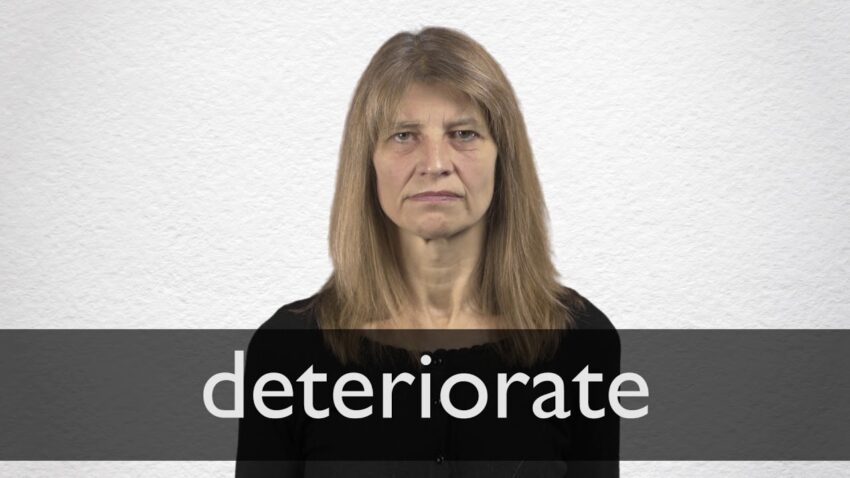Wedding anniversary is an important period for a young family, because it is during this period both husband and wife experience sometimes difficult moments – between them there is more mutual understanding, the angles are smoothed out and they finally begin to understand each other. On this day it is customary to organize a holiday…
Author: ccrstoday

What is bitcoin?
In simple terms, bitcoin is an electronic currency. Many people wonder what it looks like. You can’t touch it with your hands because it has no physical form. There are special registries for bitcoin. They keep a record of how many bitcoins are stored in each account, as well as information about their transactions. These…

How to choose a gift for a real man
Men no less than women like to dress nice. But they do it in their own way. Every detail, every detail must emphasize and express that inner strength and self-confidence, which are inherent in all men. And you can be sure that any of the accessories proposed to you in this article will cope with…

Getting a loan for a senior citizen in an app
The chances of getting a loan from microfinance organizations are much higher for people who have already become pensioners. Although they offer smaller amounts, but these services are more loyal to the applicant. They prefer to be guided by an individual approach. To apply for a loan, a pensioner can present only a few documents.

Effective remedies for hair growth
Hair is one of the main indicators of beauty not only for women, but also for men. Their health and shine depend on the general state of the body, and can also be affected by negative environmental and mechanical influences.

How to get a Netflix gift card
It is hard not to agree that the era of television is gradually becoming a thing of the past. Today’s viewer of TV in its majority is the older generation, which does not want or cannot fully switch to more modern ways of consuming information, which is the Internet. But the transition is inevitable; all…

Dianabol is also known as methandrostenolone or Dbo
Dianabol is also known as methandrostenolone or Dbol. It is the best anabolic steroid, which was first introduced in the 1950s in the United States as an alternative to steroids based on needles and syringes, which were used by Russian athletes to enhance their performance at the Olympics. Dianabol, like most anabolic steroids, is a…

Why does potency deteriorate?
Surprisingly, statistics show that at least half of men suffer from erectile dysfunction. No matter whether the symptoms are caused by age-related deterioration of the body or other circumstances, the fact remains that the problem must be solved and solved quickly. Most likely, the causes lie in such subtleties as: Improper blood composition. Excess cholesterol…

How to sell CS GO skins instantly?
A little useful information for all Counter-Strike: Global Offensive players. I’m sure you all know about the Steam trading platform, and the opportunity to sell skins to other players on various sites. But it’s not always convenient and not always profitable. Selling your skins to other players keep in mind that not always they will…

How to automate Instagram account promotion
Before proceeding to active actions, you should decide on the target audience for promotion. There are no restrictions in this area. You can choose any desired category of users. In the settings menu, you can use filters to set the parameters that will be used by the service you have selected to select accounts for…
